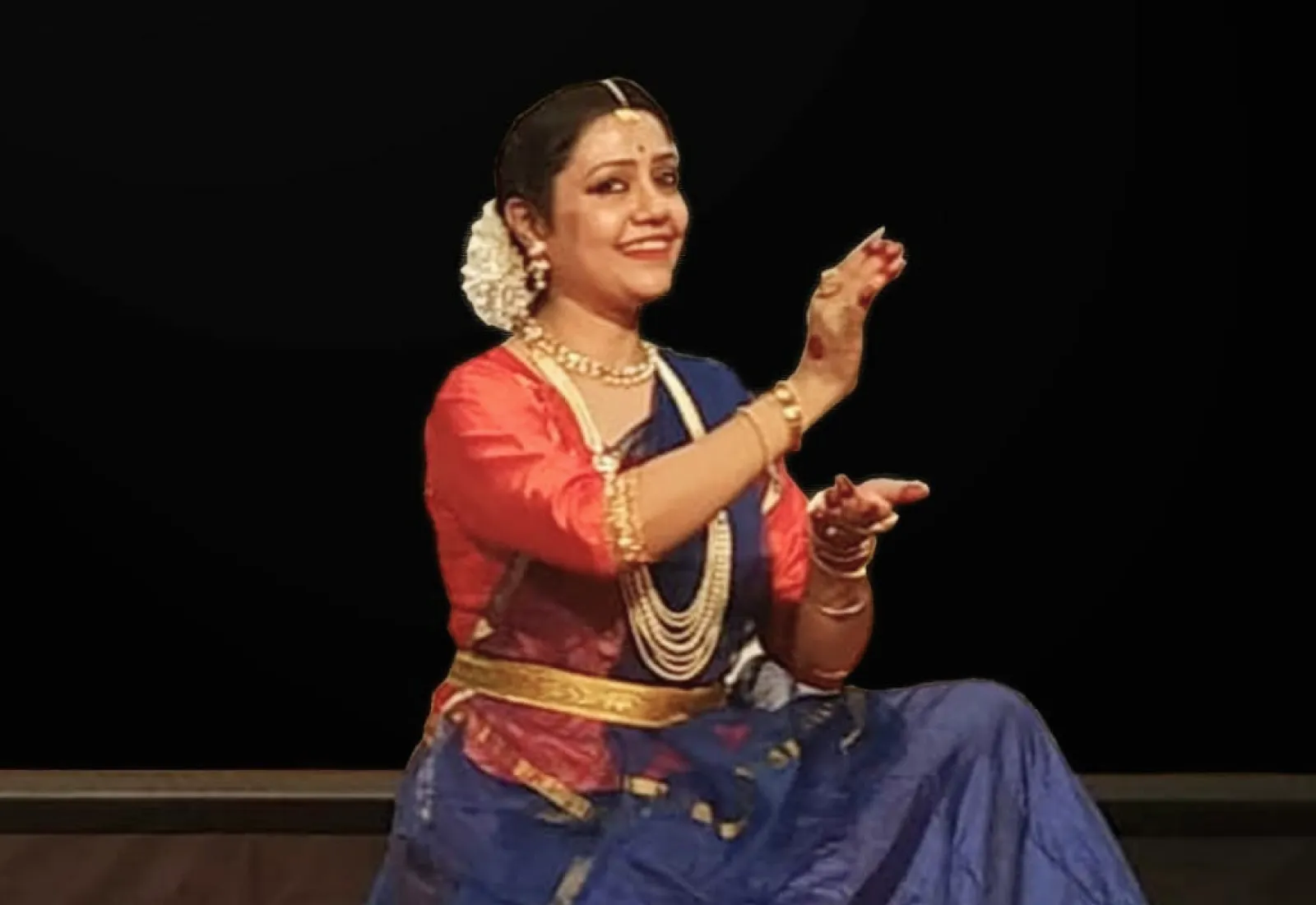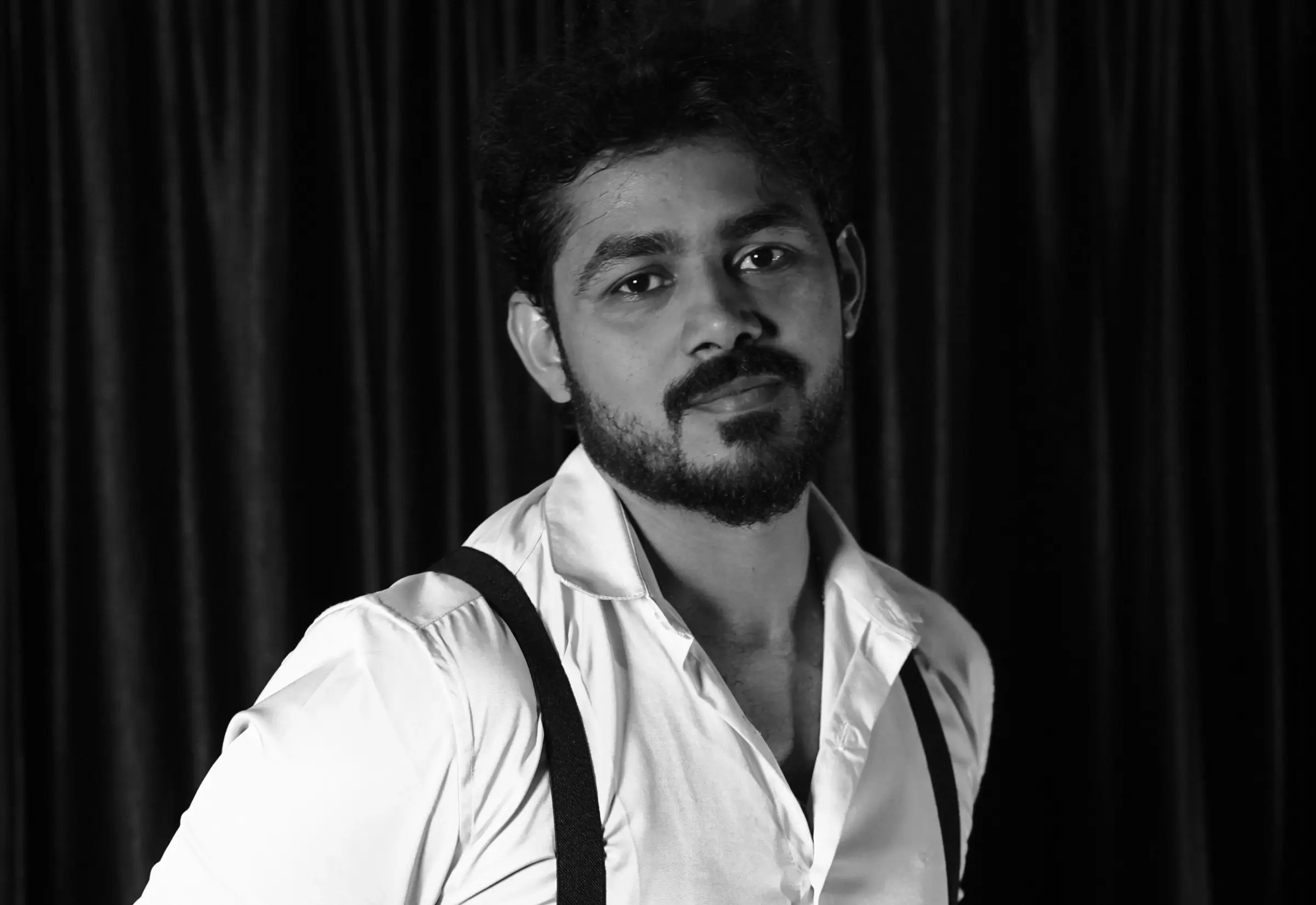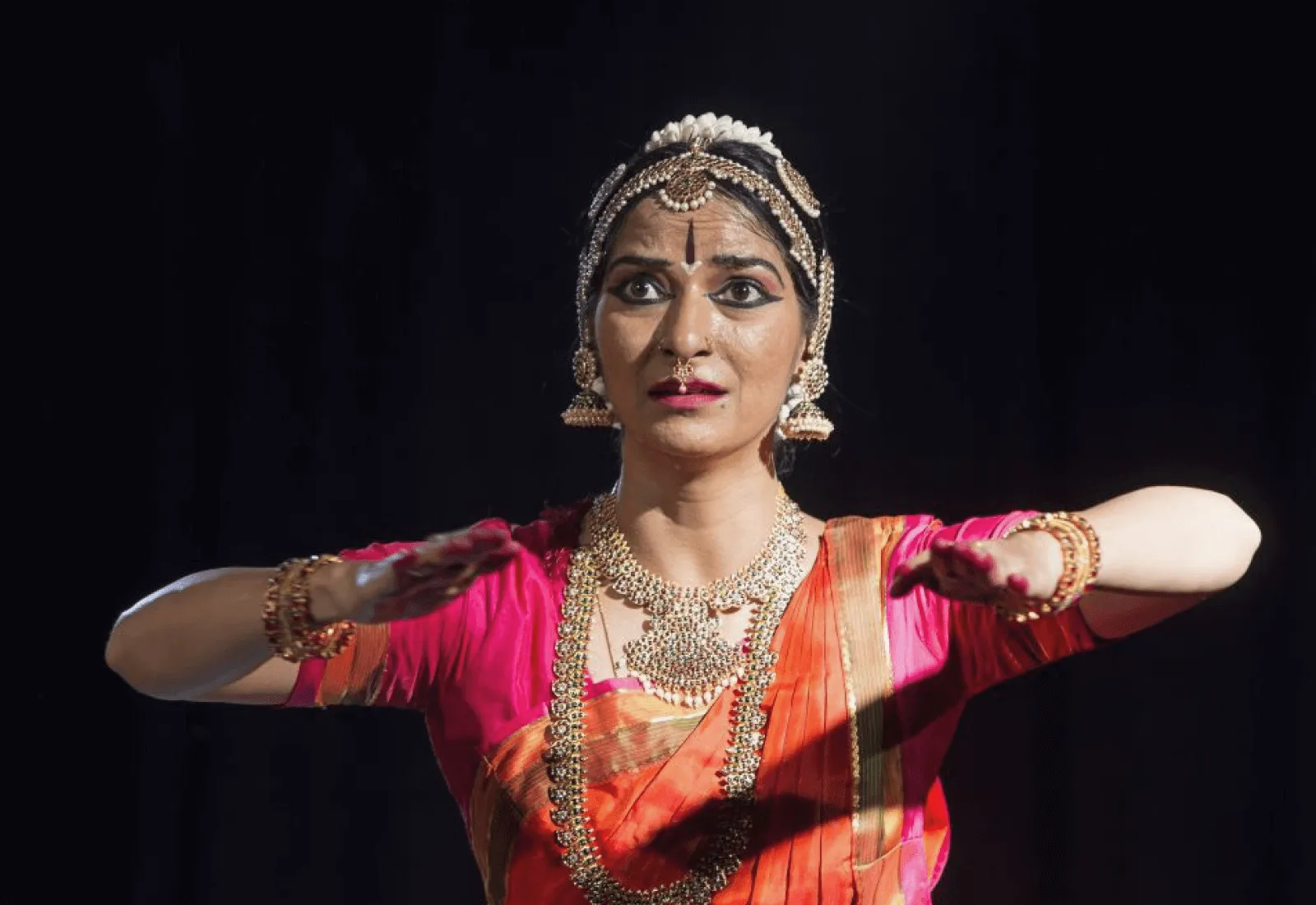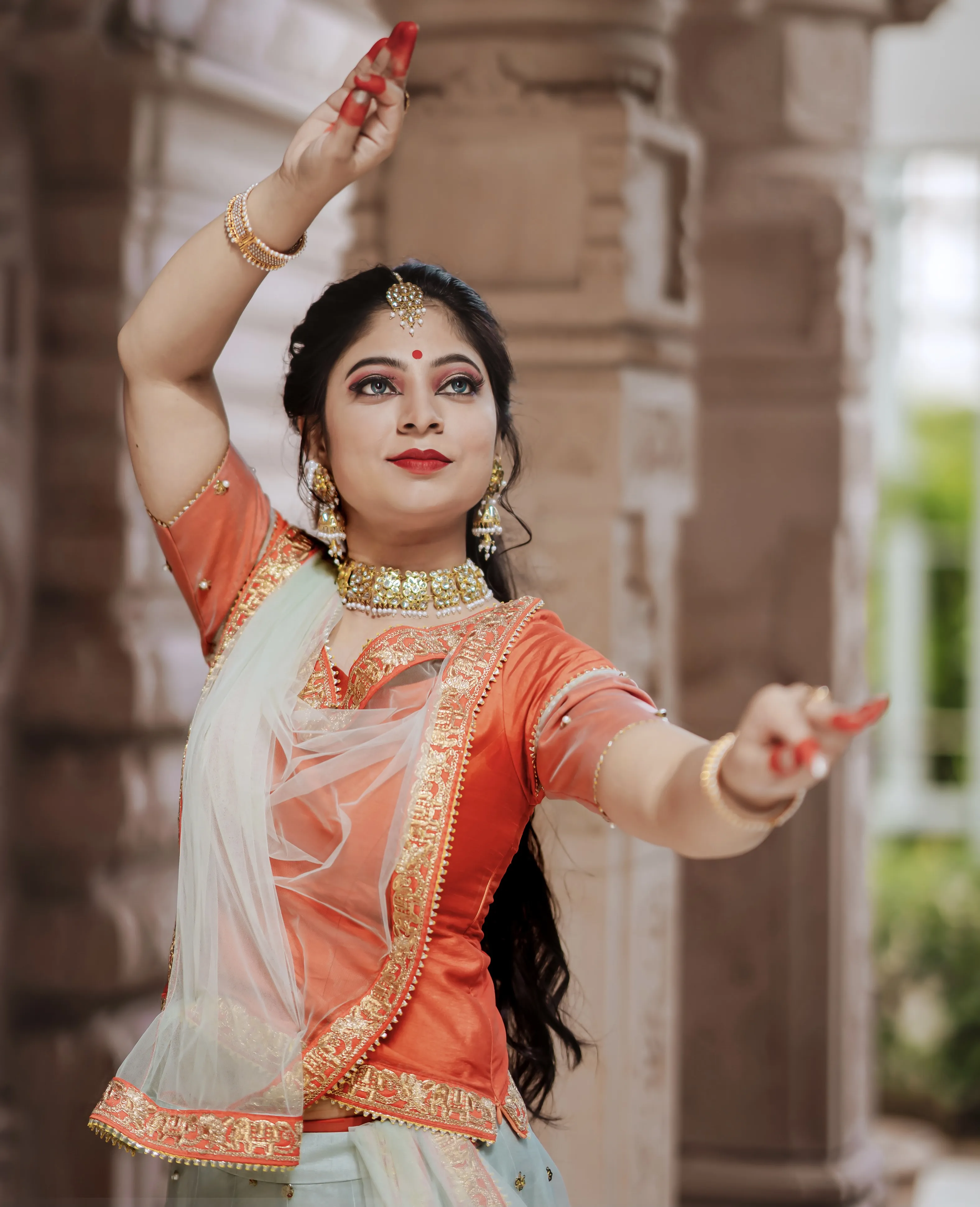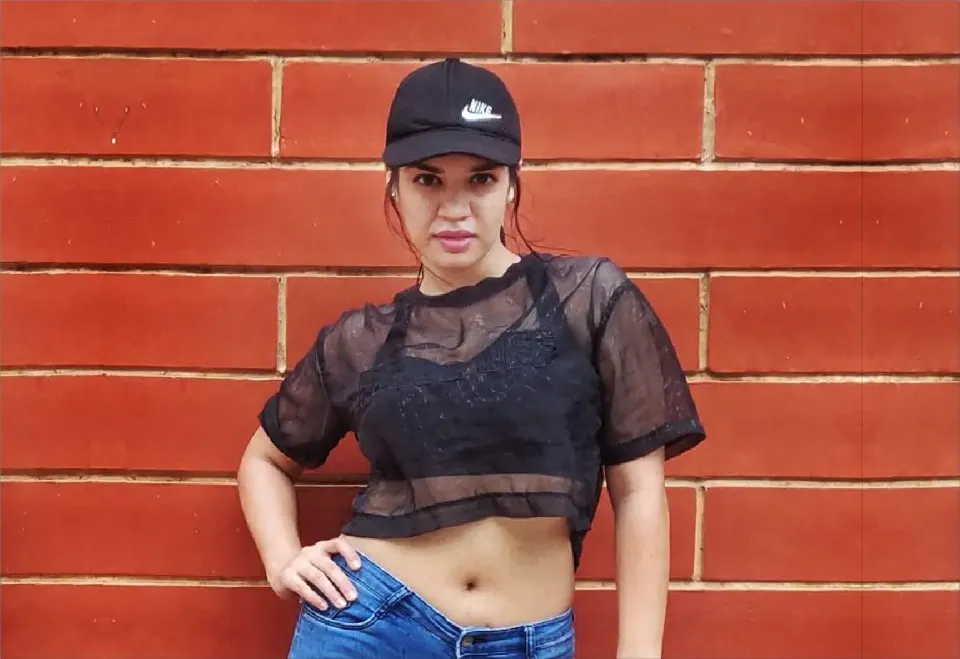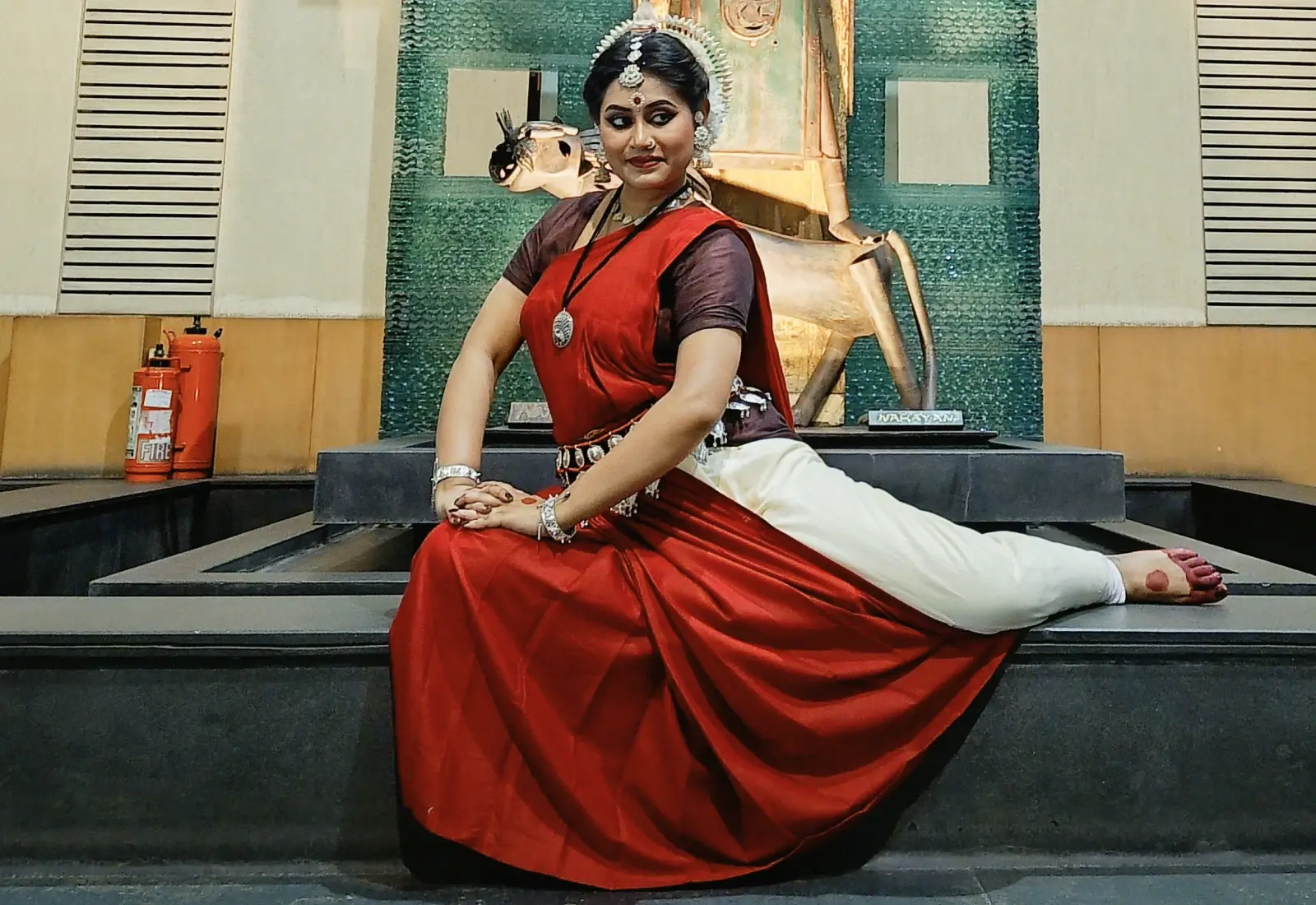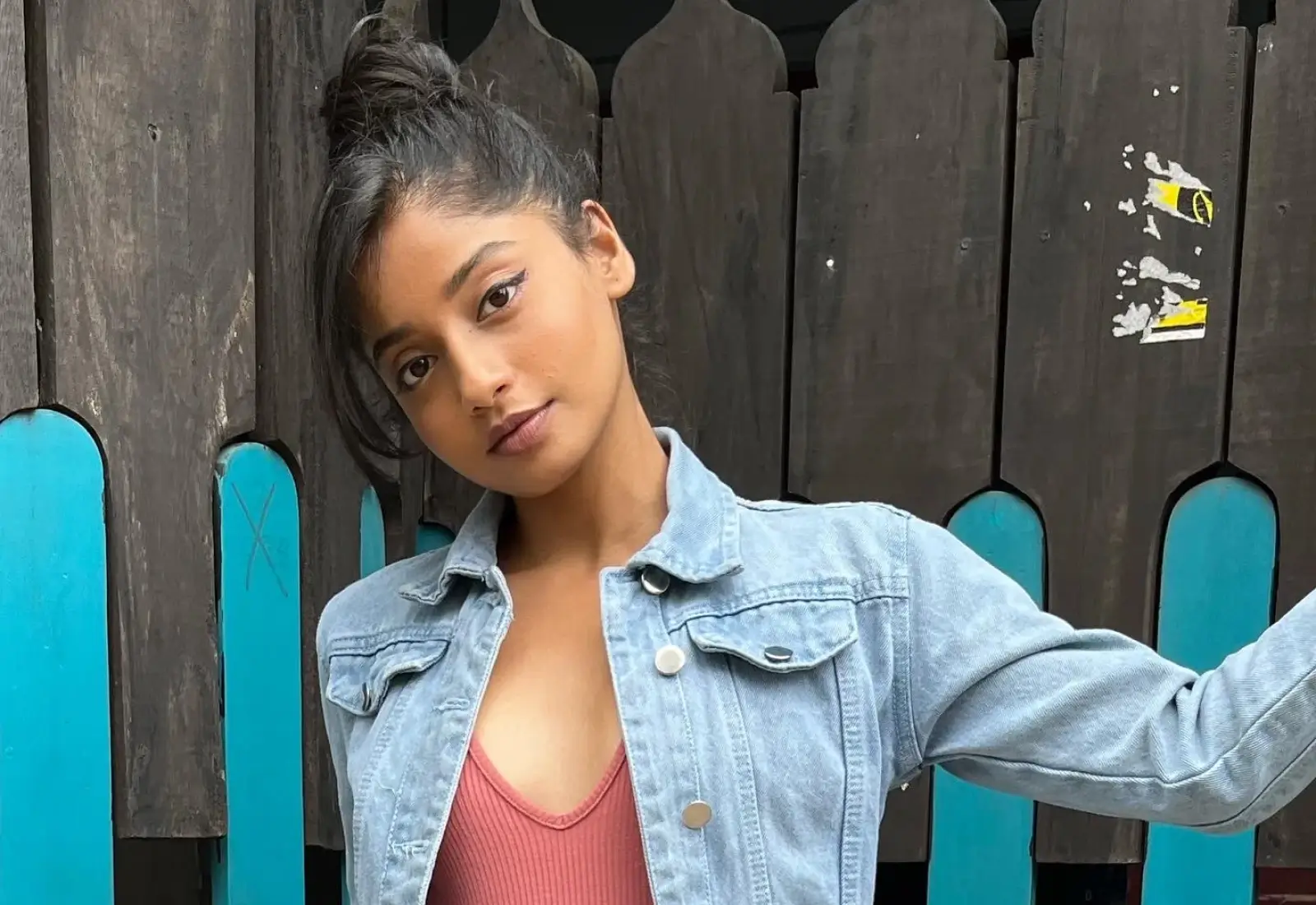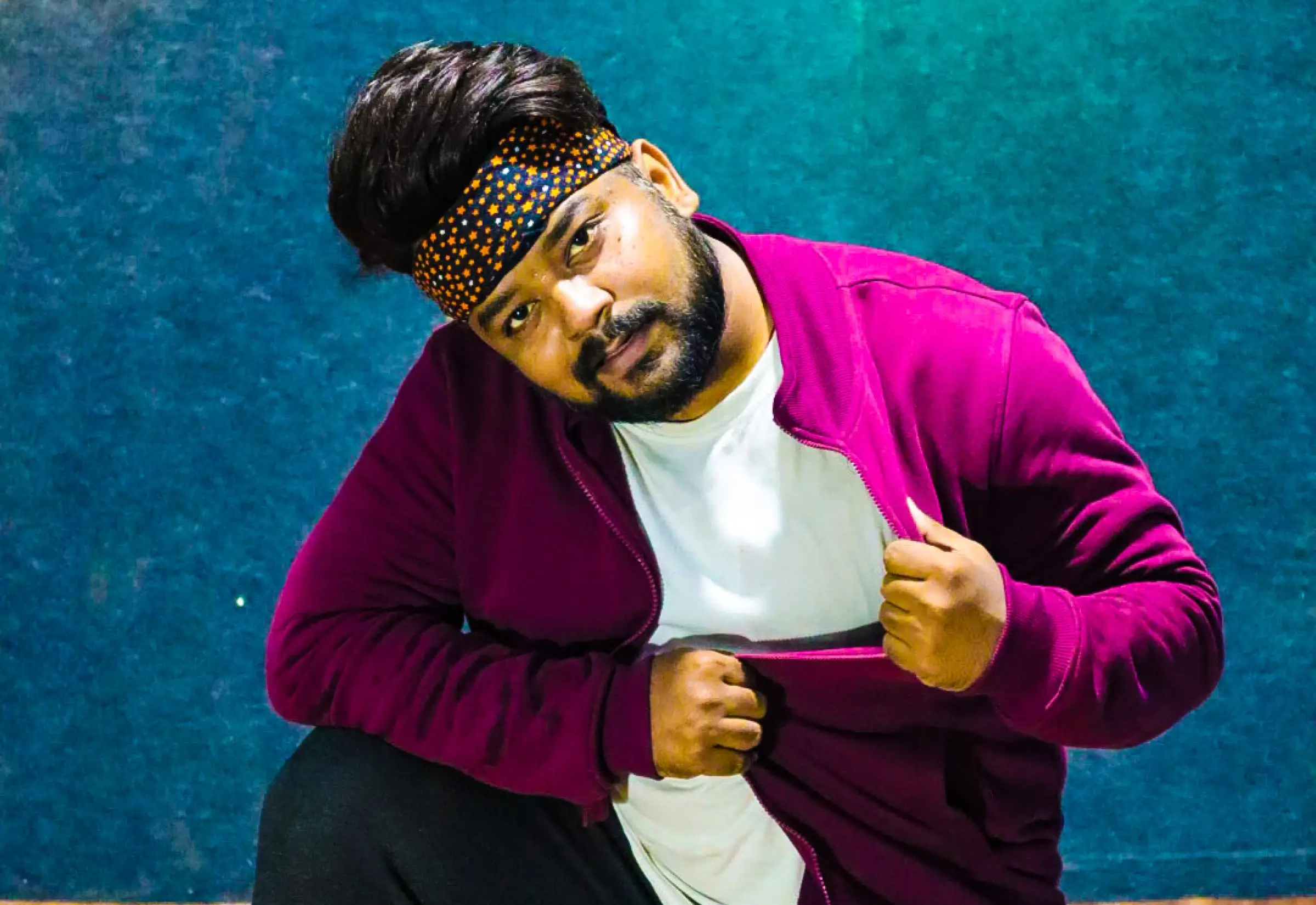Types of Dances in India
Rooted in a culture that spans centuries, Indian dance forms have flourished across the expanse of this diverse and vibrant nation- India! From the graceful movements of Kathak to the vibrant beats of Bhangra, Indian dance encompasses many styles that reflect the country's rich cultural heritage.
Each region has nurtured its unique style, infused with local customs and mythology, resulting in an extraordinary tapestry of artistry. Whether it's the delicate mudras of Bharatanatyam or the energetic footwork of Garba, every Indian dance form carries a story, a narrative that transcends time and connects generations.
Beyond mere entertainment, Indian dance holds deep cultural significance. It serves as a means of storytelling, a medium of worship, and a celebration of life's milestones. The intricate hand gestures, the elaborate costumes, and the rhythmic footwork come together to create a mesmerizing spectacle that captivates audiences worldwide.
Embark with us on a voyage where movement becomes poetry and tradition intertwines with innovation, showcasing the timeless beauty of India's artistic heritage.
There are Mainly 3 Types of Dances in India
1. Classical Dances
2. Folk Dances
3. Contemporary Dances
Let’s dive deep into the different dances of India.
1. Classical Dances
Rooted in centuries of tradition, this rich and diverse art form encompasses a multitude of Indian traditional dances, each with its unique flavour, intricate movements, and emotive gestures.
- An Artistic Heritage:
Passed down through generations, these dance forms encapsulate the essence of India's traditions, regional nuances, and the philosophy of life itself. With temple carvings as silent witnesses and celebrated dance recitals as vibrant showcases, this captivating art form breathes life into ancient tales.
- Fluidity in Motion:
The beauty of Indian classical dance lies in its fluidity and seamless synchronization of intricate footwork, expressive hand gestures (mudras), facial expressions, and rhythmic body movements. The interplays between strength and delicacy, as the dancers effortlessly navigate through complex rhythms, showcasing their mastery over space and time, are awe-inspiring. Every gesture and pose tells a story, conveying a spectrum of emotions from joy and love to anger and sorrow.
- The Medley of Music:
Indian classical dance is intrinsically linked to classical music, forming a harmonious marriage of movement and melody. The rhythmic patterns of tabla, the soulful strains of sitar, the melodic notes of the flute, and the soothing sound of the veena intertwine with the dancer's every step, guiding the narrative.
- Regional Marvels:
India's vastness gives rise to a myriad of regional dance forms, each with its own distinct identity. From the graceful Odissi of Odisha to the vibrant Kathakali of Kerala, from the expressive Bharatanatyam of Tamil Nadu to the energetic Kathak of North India, every dance form embodies its unique storytelling style, costumes, and makeup. These dance forms offer a cultural expedition where the performer and the audience explore the diversity and richness of India's classical dance heritage.
- Preserving Traditions, Embracing Innovation:
While steeped in tradition, Indian classical dance continues to evolve, incorporating contemporary themes, techniques, and interpretations. Modern-day choreographers and performers infuse new ideas and narratives into classical dance, bridging the gap between the past and the present. The seamless fusion of tradition and innovation serves the purpose of captivating and resonating with audiences across generations.
2. Folk Dances
Each region of India boasts a treasure trove of unique dance forms that encapsulate the essence of community, celebration, and the timeless traditions of rural life.
- Celebratory Expressions:
Indian folk dance is a kaleidoscope of celebration, reflecting the joyous spirit of communities coming together to rejoice in life's milestones, harvests, festivals, and rituals. Bursting with energy and enthusiasm, these dance forms encompass a plethora of vibrant movements, footwork, and expressive gestures that transcend language barriers and communicate emotions directly from the heart. The infectious enthusiasm and collective spirit as performers and audiences become one in a joyful celebration of life.
- Cultural Narratives:
Embedded within the fabric of Indian folk dance are timeless stories and cultural narratives that have been passed down through generations. Each dance form holds a unique significance, reflecting the rituals, customs, and historical events of the communities from which they originate. Whether it's the energetic Bhangra of Punjab, the graceful Garba of Gujarat, or the rhythmic Ghoomar of Rajasthan, every step and gesture is imbued with the history, beliefs, and traditions of the people.
- Eclectic Regional Varieties:
India's vast landscape and diverse cultural tapestry give rise to a multitude of regional folk dance forms, each offering a glimpse into the unique traditions and customs of the area. From the vigorous Dandiya Raas of Western India to the elegant Lavani of Maharashtra, from the lively Bihu of Assam to the spirited Chhau of Eastern India, every dance form captivates with its distinctive costumes, music, and choreography. Immerse yourself in the myriad flavours of India as you witness the dynamic expressions of regional folk dance.
- Organic Movements and Rhythms:
Indian folk dance embraces the natural and organic, with movements and rhythms inspired by everyday activities and the elements of nature. The graceful sway of a village belle, the nimble steps of a farmer sowing seeds, the spirited leaps of hunters, or the rhythmic tapping of feet mimicking rainfall – every dance movement pays homage to the simple joys and elements of rural life. This authenticity lends a sense of earthiness and relatability, forging a deep connection with both performers and spectators.
- Community Bonding and Inclusivity:
One of the most remarkable aspects of Indian folk dance is its innate ability to foster community bonding and inclusivity. These dances are often performed in unison, with individuals of all ages and backgrounds joining hands to create a mesmerizing spectacle. Folk dance transcends barriers of caste, class, and gender, uniting people in a shared artistic experience. The power of folk dance lies in the fact that it breaks down walls, bringing people together and creating a sense of unity and harmony.
3. Contemporary Dance
Emerging from the confluence of tradition, experimentation, and global influences, this captivating art form represents the modern pulse of India. Seamlessly blending elements of classical dance, folk traditions, and diverse contemporary expressions, Indian contemporary dance pushes boundaries, challenges conventions, and embraces the spirit of innovation. This type of Indian dance has gained a lot of traction among dance enthusiasts making online contemporary dance lessons a convenient learning resort.
- Fusion of Tradition and Innovation:
Indian contemporary dance serves as a bridge between the rich heritage of classical dance forms and the modern artistic sensibilities of today. It draws inspiration from the graceful lines of Bharatanatyam, the rhythmic footwork of Kathak, and the expressive storytelling of Odissi, infusing them with elements of modern dance, Western techniques, and experimental movements. This fusion creates a vibrant and diverse canvas where tradition and innovation coexist in perfect harmony.
- Exploring Social Issues and Identity:
Indian contemporary dance becomes a powerful medium to explore social issues, reflect upon identity, and question societal norms. Choreographers and performers fearlessly delve into topics such as gender, sexuality, caste, religion, and political landscapes, using movement, expression, and storytelling to provoke thought, spark conversations, and challenge ingrained biases. It is a platform for voices to be heard, emotions to be expressed, and narratives to be rewritten.
- Fluidity and Expressive Freedom:
Indian contemporary dance celebrates the fluidity of movement, embracing a wide range of physical expressions and techniques. Dancers explore the full spectrum of emotions, experimenting with different body postures, gestures, and improvisation. It breaks free from the rigidity of traditional forms, allowing dancers to express their unique artistic voices, innermost thoughts, and personal experiences through an uninhibited language of movement.
- Collaborations and Global Influences:
Indian contemporary dance is characterized by its openness to collaborations and the infusion of global influences. Choreographers and dancers collaborate with artists from various disciplines, such as music, theatre, visual arts, and technology, to create multidimensional performances that push boundaries and redefine artistic possibilities. By embracing diverse cultural influences and intercultural exchanges, Indian contemporary dance finds resonance on a global stage.
- Evoking Emotional and Aesthetic Experiences:
Through its versatility and experimentation, Indian contemporary dance aims to evoke a range of emotional and aesthetic experiences. Performances can be introspective, provocative, abstract, or narrative-driven, often blurring the lines between traditional and contemporary forms.
Dancing through Diversity!
As we journey through the types of Indian dance, we discover not only the beauty of movement but also the resilience, diversity, and collective spirit of a nation. We witness how dance becomes a powerful medium, transcending barriers of language, age, and culture, to weave narratives, evoke emotions, and celebrate the human experience.
So, whether you find yourself entranced by the intricate footwork of classical dance, swept away by the exuberance of folk dance, or captivated by the innovative expressions of contemporary dance, let the rhythms, melodies, and stories of Indian dance envelop your senses and transport you to a world where art becomes a bridge between tradition and modernity. If you are a dance enthusiast yourself, explore a range of online dance classes!


